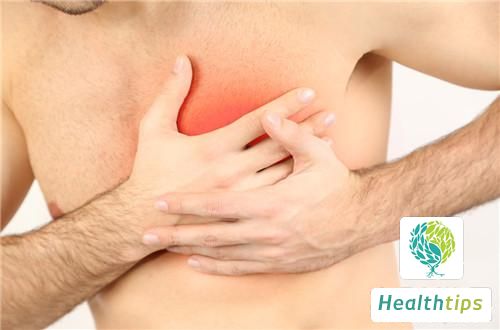Post-bypass surgery, the incidence of angina pectoris and myocardial infarction is also high, and there is also a risk of inducing cardiovascular and cerebrovascular diseases, including the risk of inducing cerebral infarction. Light cases may result in limb dysfunction and hemiplegia on one side, while severe cases may lead to a vegetative state or death. If sternal healing is poor after surgery, there may be sensory disorders such as numbness and pain.

1. Recurrent angina pectoris or myocardial infarction. After surgery, long-term medication is still required to maintain patency of the bypass vessel. If risk factors such as high blood sugar, high blood lipids, smoking, and alcohol abuse are not eliminated, the bypass vessel can be blocked again at any time. Therefore, recurrent angina pectoris or myocardial infarction may be the most common complication after bypass surgery.
2. Cardiovascular and cerebrovascular diseases. Vascular disease is a systemic disease. Put simply, if there is a problem with coronary arteries, other arteries in the body will not be in good condition. Cardiovascular and cerebrovascular diseases are like inseparable sisters.
3. Risk of cerebral infarction. During heart bypass surgery, blood pressure fluctuations are inevitable. A decrease in blood pressure will inevitably reduce cerebral blood supply, and the risk of cerebral infarction will naturally increase. Especially under extracorporeal circulation, the risk of cerebrovascular accidents will be higher. Minor cases may have transient limb dysfunction, while severe cases may lead to paralysis, vegetative state, or even death.
4. Increased risk of poor sternal healing after surgery. Obtaining the great saphenous vein can easily damage the hidden nerves, leading to sensory disorders such as pain and numbness after surgery. The upper limb has a rich blood vessel nerve, and the process of obtaining the radial artery can also easily damage the nerve, which may lead to sensory or motor dysfunction.

